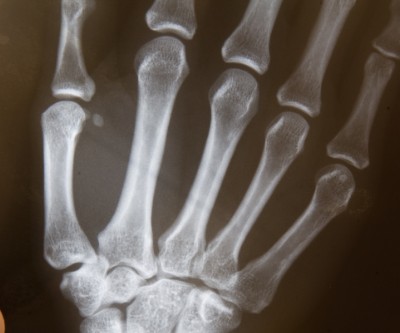
Impaired growth in infants and children is caused by a wide variety of nutritional, hormonal, and genetic factors. In rare cases, a child may be diagnosed with an overgrowth syndrome, in which various tissues and organs grow too large. Children with some overgrowth syndromes have intellectual disabilities and an increased risk of certain cancers. The genetic causes of these conditions are not well understood.
In one study, researchers from the Baron Lab and their colleagues examined an adolescent boy with an overgrowth syndrome. Upon evaluation and genetic sequencing, the team identified mutations in the gene SPIN4 as the cause of the condition. SPIN4 is termed an epigenetic reader because it is able to recognize modifications to histones, which are the proteins around which DNA is wrapped.
Next, the researchers recreated the SPIN4 mutation in cell lines and mouse models to study its effects. They found that the mutation produces an abnormally short version of SPIN4 protein. The team showed that the mutated SPIN4 cannot perform its normal roles in binding histone modifications, regulating a growth-related pathway called Wnt, and limiting proliferation of cells. Mice with mutated SPIN4 were also longer and had larger organs, similar to what was observed in the boy.
The study is the first to identify a role for SPIN4 as an epigenetic reader that regulates body size in mice and humans. The work helps explain the team’s clinical observations and broadens our understanding of how epigenetics regulate growth.
Learn more about the Developmental Endocrinology, Metabolism, Genetics & Endocrine Oncology Affinity Group: https://www.nichd.nih.gov/about/org/dir/affinity-groups/DEMG-EO
 BACK TO TOP
BACK TO TOP